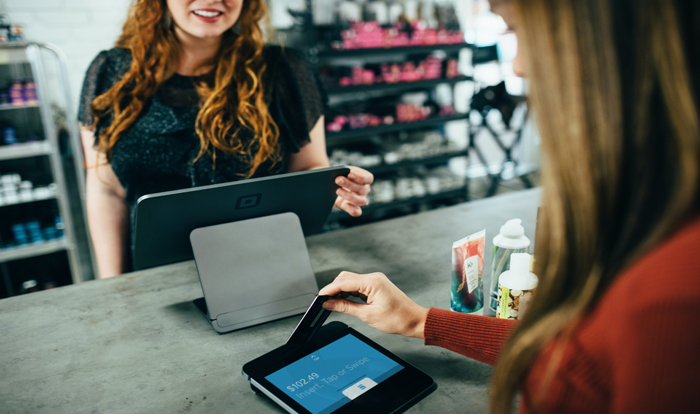Loyalty. It’s the culmination of your retail brand from top to bottom. It’s the true test of what customers really think of the experiences you give them. It’s also a major factor in your bottom line, which is why so many retailers have loyalty programs — they want to squeeze as much loyalty out of every customer as they can.
There’s absolutely nothing wrong with that. After all, there is plenty of quantitative evidence to prove the value of loyalty:
- Your chances of selling to a new customer are 5% to 20%, while your chances of selling to an existing customer are substantially higher, at 60% to 70%.
- Simply reducing your customer churn by 5% can lead to a profitability increase between 25% and 125%.
- Nearly half of consumers (43%) spend more with brands they are loyal to than with brands they don’t feel any loyalty to.
That’s part of the reason why the pandemic ushered in a tsunami-sized wave of new loyalty programs. When consumers suddenly couldn’t do business face-to-face anymore, retailers had endless conversations about online experiences, digital transformations, and shiny new technology. So much of what came next was reactive — a crush of app updates and loyalty communications — but it forever changed how you need to think about customer loyalty and the strategy you use to drive it forward.
Loyalty programs are a crowded market; simply having one isn’t good enough anymore.
The problem with all of those pandemic-induced loyalty launches is that the brands behind them weren’t thinking about ways to differentiate. Instead, they just wanted to get something up and running to keep up with the market. Even loyalty programs that existed long before quarantines and social distancing became part of our daily lives tend to rely on the “If you build it, they will come” school of thought. But like the title of this blog post says, just because your business is casual doesn’t mean your loyalty program can be basic. If it doesn’t set your brand apart, it won’t set you up for meaningful success.
All of that technology retailers added in 2021 was expensive. A big part of ensuring its ROI is proactively tackling any problems your loyalty program is facing. And remember, as foot traffic starts to reach pre-pandemic levels, the wrong digital presence can be easily forgettable — and no one is loyal to a brand that never crosses their mind.
What are the biggest problems loyalty programs are currently facing? And how do you solve them?
Problem: The rewards you offer are generic, and customers aren’t engaging with them as much as you’d like.
Solution: Base your rewards on solid customer engagement data. Find out what different segments like and expect, then incorporate it across all of your channels. Even better, use technology to unify all of your engagement data for a full view of each customer that’s simple to access and efficient to analyze. Customers are much more likely to engage with rewards that align with their preferences and habits.
Problem: You have a one-dimentional program based solely on rewards points.
Solution: Research has shown that static rewards don’t drive behavior. Customers want choices and the ability to exchange their points for a variety of food options, apparel, or other branded swag. Instead of having everyone climb the same rewards ladder, develop a creative “My Rewards, My Way” type of program.
Problem: Customers are loyal to your discount, not your brand.
Solution: A loyalty program that’s solely transactional doesn’t evoke any real emotion, and the high of hitting a new reward threshhold wears off quickly. According to the Law of Diminishing Marginal Utility, the more a person consumes a product, the satisfaction (utility) they receive from it gets smaller and smaller.
That’s why it’s so vital for customers to be loyal to your brand. To make it happen, you need to differentiate yourself. Start with non-transactional rewards, like following you on social media, completing customer satisfaction surveys, and referring friends. Also, create experiential rewards that improve the overall customer experience, like exclusive events, early access to new products and services, and a VIP community. For example, The Capital Grille has an entire app devoted to ideas like these that’s marketed as “a concierge in your pocket.”
Problem: Customers aren’t even bothering to sign up for your loyalty program in the first place.
Solution: Take a close look at your registration process. If you’re asking for a ton of information, customers won’t take the time to provide it. Even if you think your registration process is fairly simple, you can streamline it further with a mobile rewards wallet that can be activated by a mere tap of a smartphone at your cash register — no clunky forms or logins needed.
With so many problems that can arise, loyalty programs require careful consideration, technology that can carry out your most innovative ideas, and ongoing optimization. Without all three, your loyalty program — whether you run the most casual of restaurants or most specialized of stores — will be nothing more than basic.

